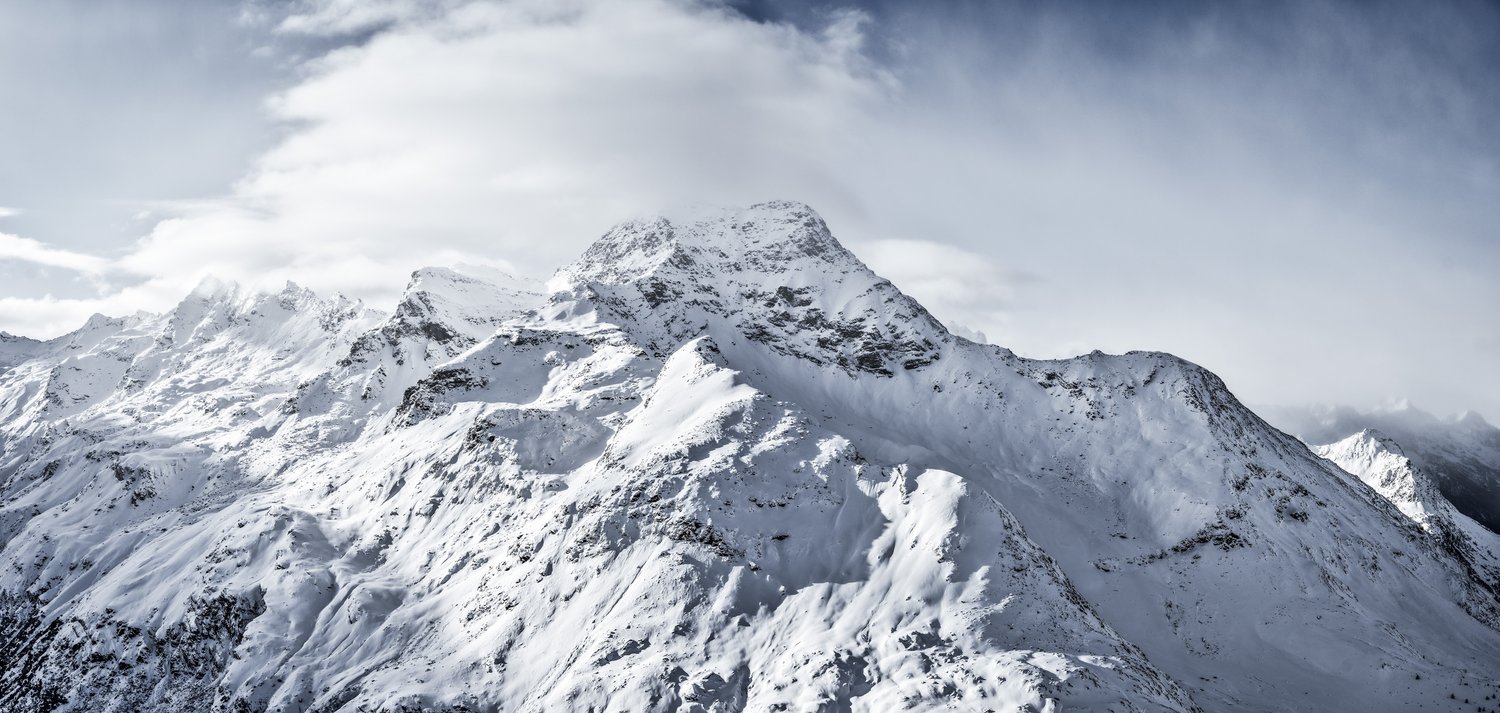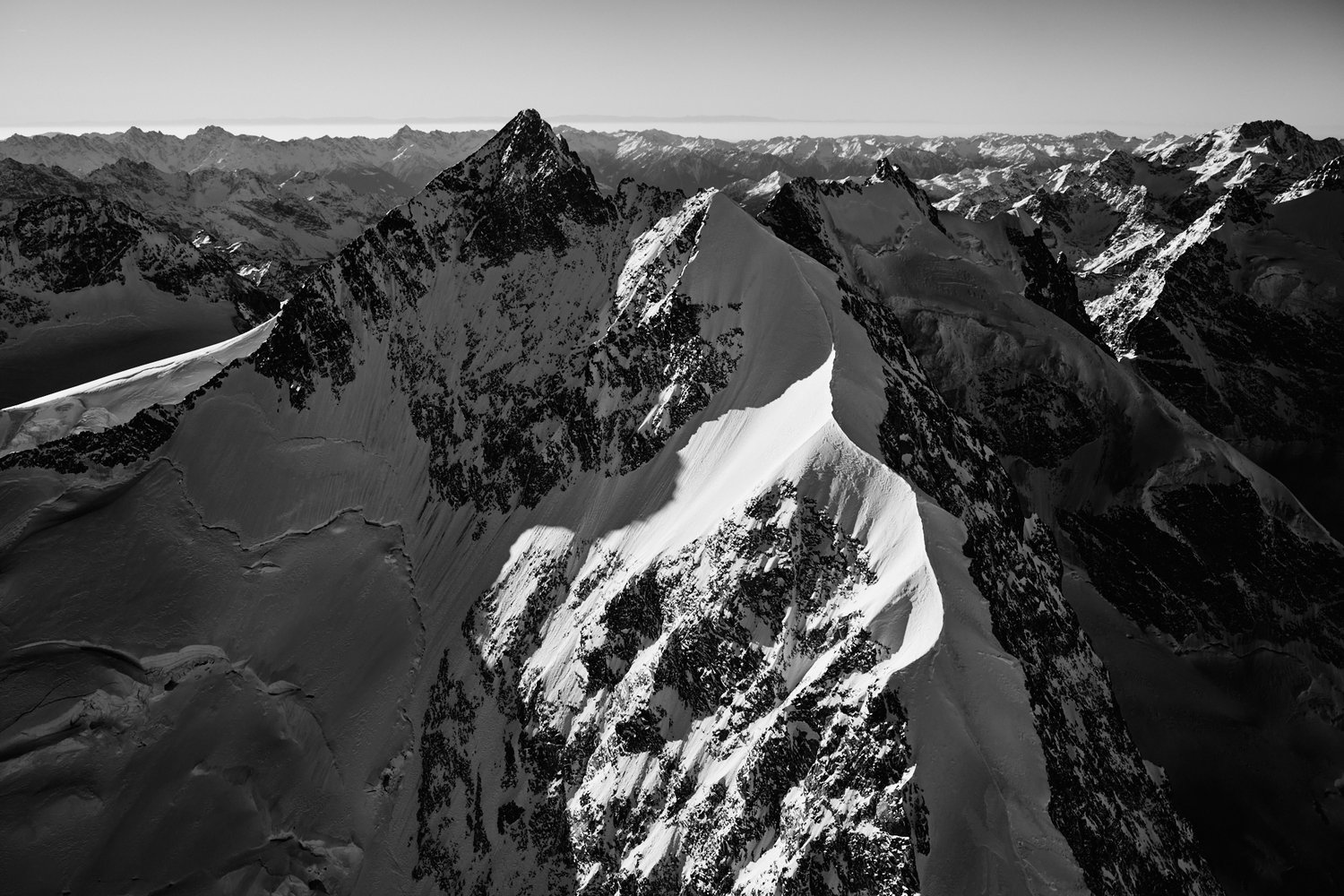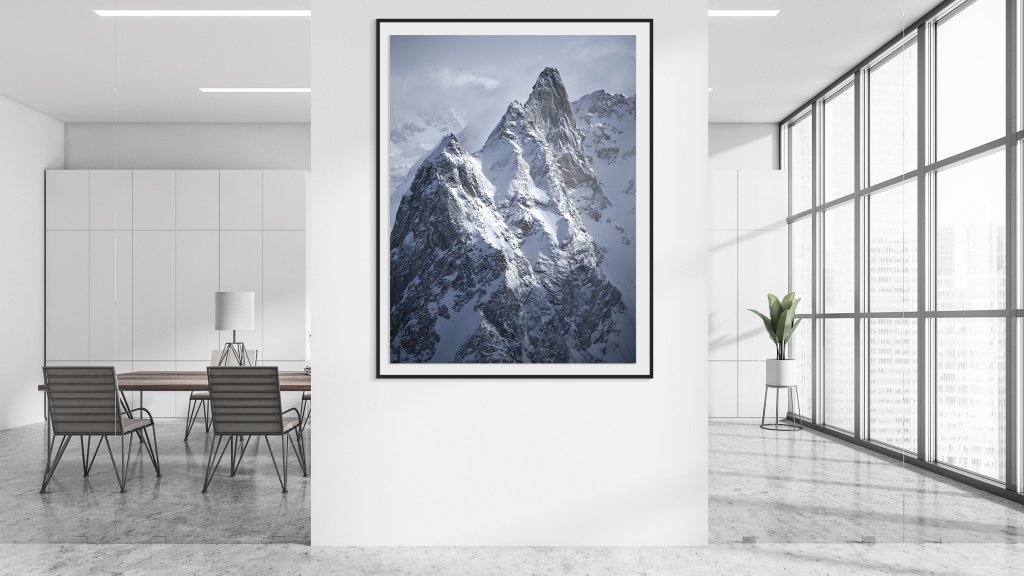The Engadine mountains are a source of inspiration for many. They offer breathtaking landscapes and endless opportunities for adventure. As a mountain photographer, I have the privilege to photograph the beauty of the Engadine mountains and make them accessible to many. This is the idea behind the collection “The Hidden Paradise”.Play
I want to inspire and evoke emotions in the lovers of nature and the mountains who view my images. These images are meant to convey a sense of wonder and unleashing, reminding us of the beauty and majesty of the natural world and the importance of preserving these hidden paradises for future generations.
One of the critical elements, besides color, is high resolution; I call it immersive photography. It is a privilege to experience the mountains this way, and I want to share the experience. As is often the case in life, small details make a big difference.
This collection’s images show the Engadine’s high mountains, a region near St. Moritz. The pictures cover the area from Piz Palù, Piz Bernina, the famous Biancograt, Piz Rosegg, Glüschaint, Chima di Rosso, the little-known Piz Bacun, and the Badile north face. Even the guardian of the Engadin Piz da la Margna is part of the collection and will grow as there are many more hidden and unique rocks and peaks in the Engadine.

Some of these breathtaking views are only accessible to those who venture into the high-altitude regions, either by hiking and climbing or by helicopter, and my goal is to make these hidden paradise accessible to all. Furthermore, I would love for these images to serve as inspiration and motivation for our lives in these challenging times.

Ansel Adams was a master of black-and-white photography. He placed great emphasis on composition and contrast. With the technology of the time, it was a true masterpiece. Today we photographers have many more technical possibilities. I am a great fan of black-and-white photography. The reduction to the essentials is a fascinating way to show mountains; colors can be distracting, and yet I believe that the unique light of the Engadine offers an obliged the vibrant colors and rich tones of the Engadine mountains that deserve to be captured in all their glory. Think of natural colors that are slightly desaturated, discreetly far from the current trends of photography’s timeless images. With the modern cameras and technologies available today, I can bring to life the beauty of the Engadine mountains in a way that was not possible in the past.

















You must be logged in to post a comment.